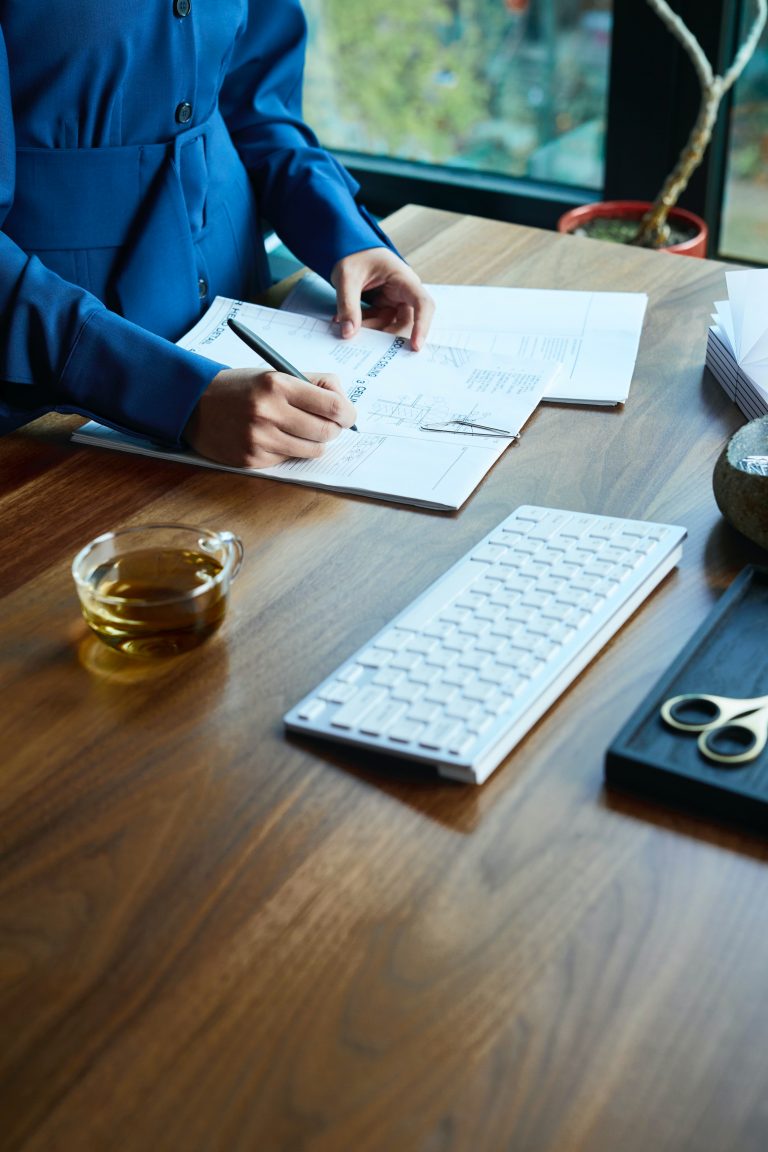
The trading allowance for small businesses and sole traders was introduced by HMRC as a way to simplify bookkeeping and tax returns for start-ups and side hustles. But, despite it being simple in theory, it is actually one of the most misunderstood (and misused!) elements of small business and sole trader bookkeeping. No more though, here I’m going to break it all down, keep it simple and shine a light on how you should utilise or, totally, ignore the trading allowance to your advantage.
What is the trading allowance?
The trading allowance is an amount of money that you can have coming into a business or personal account without having to register for self-assessment or declare yourself as a business or sole trader. HMRC allow individuals and sole traders (self-employed persons) to generate £1000 gross per tax year, 6th April to 5th April, without having to declare it or register for self-assessment. (A second £1000 allowance is allowed for property income). This £1000 could be generated from one or more businesses or revenue streams, but this is a combined allowance, you don’t get one for each business. It’s also important to remember that you still need to keep records of your income and expenses!
What is the trading allowance perfect for?
The trading allowance is perfect for casual work like babysitting, or gardening, or a side hustle where you are making a few sales and don’t have a lot of expenses. It can also be really useful if you start a side hustle just before the new tax year. It’s less perfect if you are actually setting up a small business or side hustle that you would like to be profitable. Yes, I’ve probably surprised you there, and I’m going to break down why I say this below.
When should sole traders and small businesses avoid using the trading allowance?
There are times when using the trading allowance is not right for a sole trader or small business. There are some exemptions to being allowed to use the trading allowance so you need to check that your business is eligible, if not, you won’t be able to use this allowance. The trading allowance is also not your best option if your expenses and losses are more than your income, even if your earnings are under the £1000 threshold. In this instance, you are best to complete a self-assessment tax return as you may get some tax relief on your future profits
Using the trading allowance if you go over £1000 Gross.
If you go over the £1000 income threshold, you should be completing a self-assessment tax return, reporting your income and your expenses to HMRC. You might still be able to utilise the trading allowance; if your expenses are under £1000 you are able to claim £1000 as your expense figure so will still benefit from the trading allowance. You can read more about that in my ‘What is the self-assessment trading allowance’.
Common mistakes people make with the trading allowance.
- Thinking the figure is £1000 net (income less expenses)
- Thinking they don’t need to keep records of income and expenditure
- Thinking their business/side hustle or hobby is not a business and not taxable
- Thinking that re-selling does not count as income
- Thinking that they should use it, but would be better off not using it!
And there it is in a nutshell, the trading allowance for small businesses and sole traders -explained. Of course, if it’s still clear as mud, book a free call and chat it through with me, check over my past blogs or get further support in my membership – Handmade Accounts-Ability where we will be deep diving into the trading allowance as part of our mid-month training.
